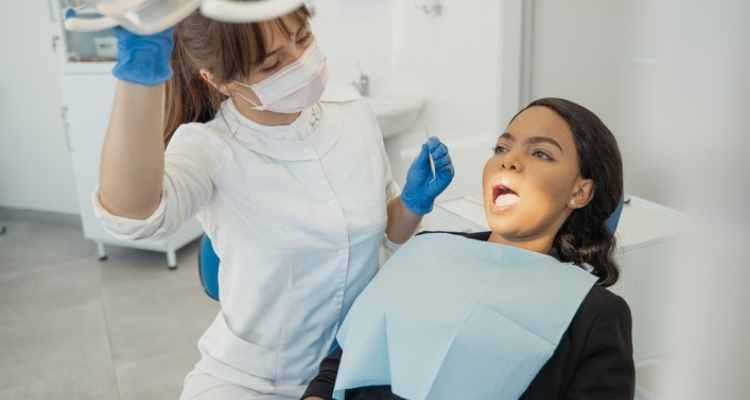The common thread that ties dentists and orthodontists is their desire to ensure a healthy smile for their patients. However, there are intrinsic differences that exist between these two dental professionals. In understanding the key differences between traditional dentistry and orthodontics, you can ensure you get the best oral care possible.
Learn how a dentist and orthodontist’s expertise and treatment differ, so you know who is equipped to handle certain oral issues!
Area of Focus in Dentistry
The overlap between a dentist and an orthodontist is how they deal with your teeth and gums.
A dentist is known to have broad medical knowledge regarding teeth, gums, nerves, and the jaw. From their expertise, they can diagnose and treat oral diseases affecting teeth and gums. Dentists may know a lot about various oral issues, but it doesn’t mean they have extensive knowledge of everything. They’re great for spotting and treating certain oral issues, but some are beyond a dentist’s aptitude—for instance, a patient with a complicated bite issue.
In this scenario, you want a more specialized dental professional to handle it effectively. An orthodontist is that specialist. Orthodontists are experts in tooth and jaw alignment as they are the most knowledgeable in this area and are specifically trained in helping to correct bites, occlusion, and the straightness of a person’s teeth. You can think of the differences between a dentist and an orthodontist like your family doctor referring you to a specialist.
After all, if any orthodontic issues arise, dentists typically refer patients to orthodontists since they have additional training and specialize in that area.
Level of Education & Training
Another commonality dentists and orthodontists share is that they’re both considered doctors. Dentists and orthodontists earn that title from the education and training level they achieve.
Dentists and orthodontists begin their education and training at the same point initially. They’re expected to complete a four-year degree from a university before getting accepted into a credible dental school. After graduation, both need to get licensed to practice.
However, that’s where the similar academic and training background ends.
Unlike a dentist, an orthodontist has to continue with more advanced training for another two to three years. Even though orthodontics focuses on tooth and jaw alignment, orthodontists’ studies are diverse. They will cover genetics, embryology, human growth and development, oral biology, and biomechanics – which all contribute to understanding and fixing orthodontic issues. Plus, compared to dentists, orthodontists need more hours of hands-on clinical experience and to pass a rigorous examination offered yearly to be registered as certified orthodontic specialists.
However, you might wonder why some dentists offer orthodontic treatment. How can they do that without going through the same amount of schooling? Those dentists typically receive more basic training through short-term courses and lectures on orthodontics.
Even though some dentists offer orthodontic treatment, it’s usually in your best interest to opt for an orthodontist, especially for complex issues. After all, an orthodontist has spent years dedicating themselves to specializing in orthodontics. They are more qualified to provide the most comprehensive, efficient treatment options.
Expectations for Treatment
As previously mentioned, dentists’ role is similar to family doctors. Your dentist is meant to assist your overall dental health while providing a wide range of dental services.
While promoting good oral hygiene, you can expect them to perform treatments related to the following:
- Tooth decay
- Root canals
- Gum disease
- Crowns
- Bridges
- Veneers
- Teeth cleanings
Meanwhile, orthodontists will help you address specific issues relating to your teeth and jaw alignment. They help to correct problems such as misaligned or crowded teeth and if someone has an overbite or underbite.
In which case, you can expect various treatment options from your orthodontist to help. Your orthodontist will work alongside you to assist you in figuring out what type of treatment is best. Namely, they will offer retainers, clear aligners, or traditional braces as a means of treatment. An orthodontist specializes in facial growth, so they will have a treatment plan for you to follow to ensure you get the best results once it’s done. Dentists and orthodontists play a valuable role in maintaining a healthy, good-looking smile in different ways. Knowing how they differ in their expertise will help you get the right treatment that you need. So, get the smile you deserve by going to the dental professional most equipped to handle your specific dental issues!

